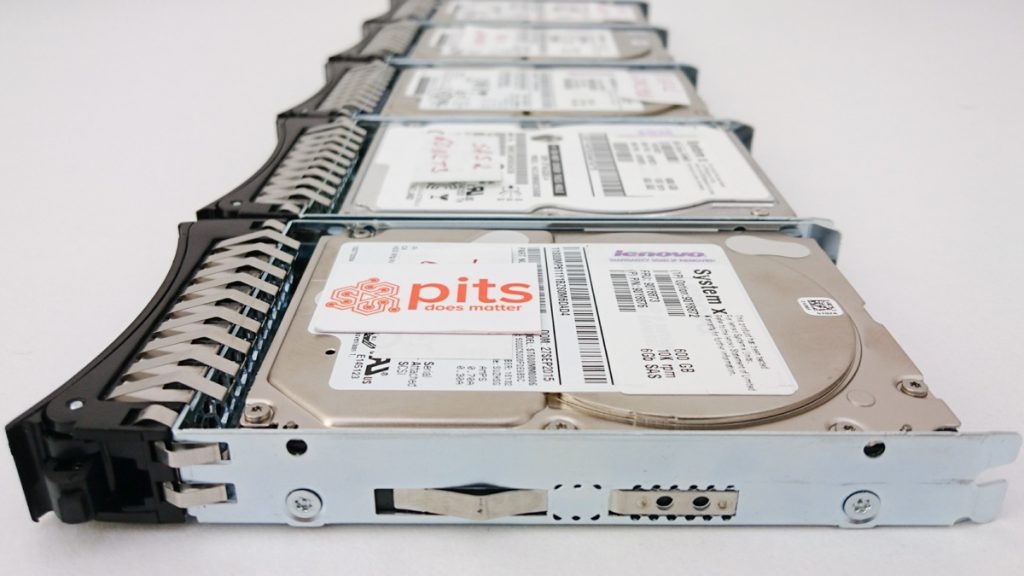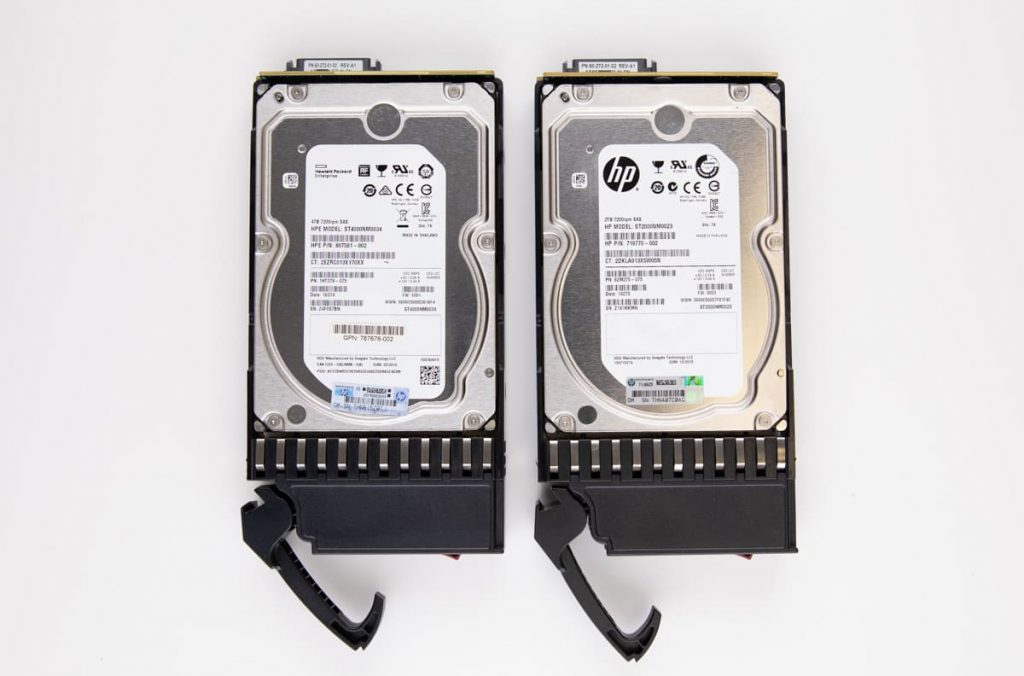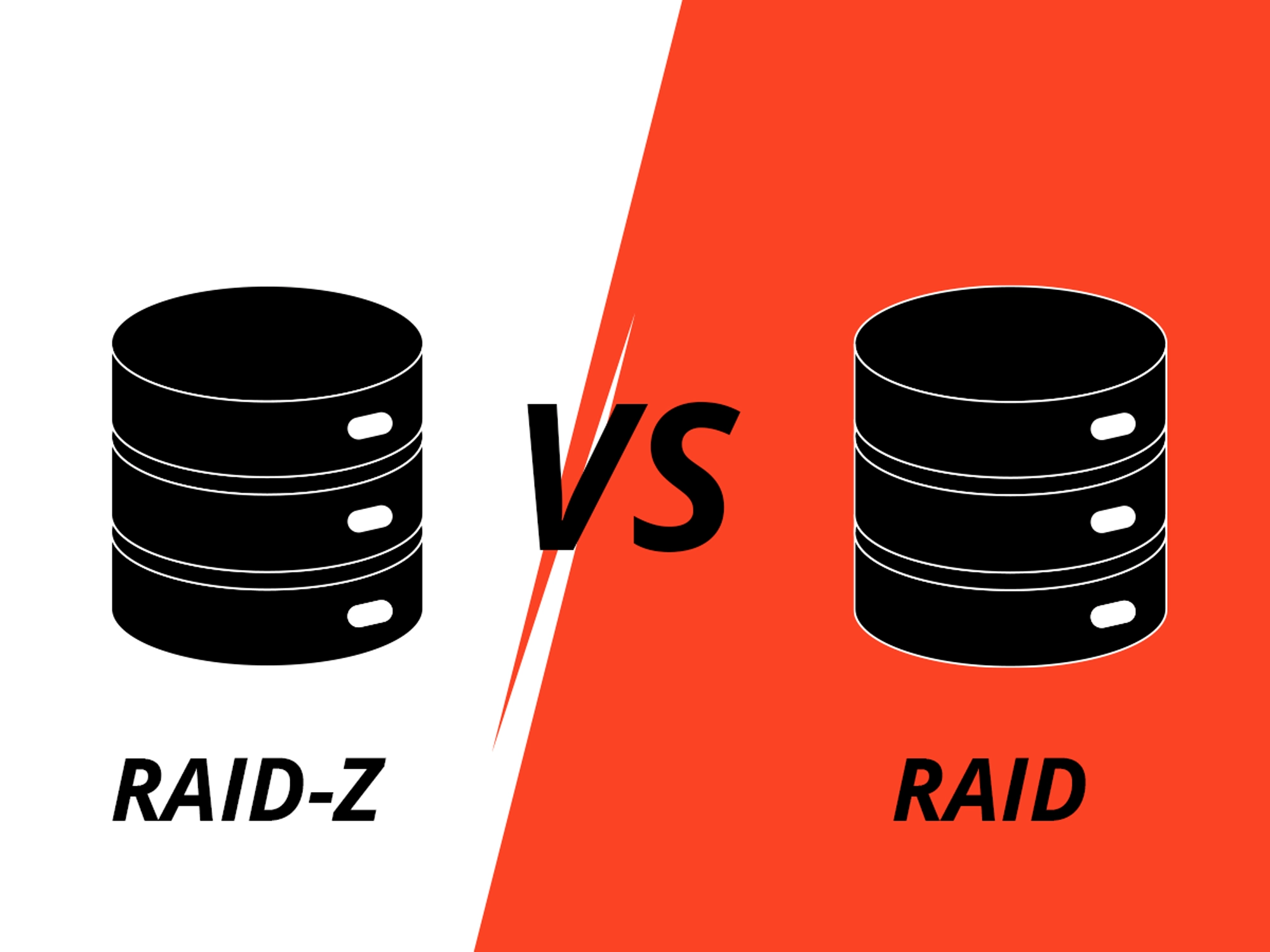The competition between ZFS RAIDZ and conventional storage configurations in data storage is becoming more intense. Users often need help as they carefully evaluate the pros and cons of each option.
ZFS RAIDZ represents a new approach, seamlessly integrating the advanced capabilities of the ZFS file system with storage solutions. It introduces variable stripe width, dynamic parity, and checksumming to enhance data protection and integrity. On the other hand, widely used traditional storage configurations may require more finesse and adaptability than what ZFS RAIDZ inherently provides.
What is ZFS RAIDZ
ZFS RAIDZ is a file system and logical volume manager developed by Sun Microsystems. It introduces advanced features and functionalities that set it apart from traditional systems. One of the standout features of ZFS RAIDZ is its end-to-end data integrity through its checksumming feature. Every time data is written or read from a disk; a checksum is computed and compared against the original checksum to ensure data integrity.
Unlike traditional RAID, which relies on hardware controllers for data redundancy and performance, ZFS RAIDZ handles these functions at the software level. It eliminates the need for expensive hardware controllers and allows for more flexibility and customization. Additionally, ZFS RAIDZ offers features such as data compression, deduplication, and snapshots, making it a robust and versatile storage solution.
What is Traditional RAID
Traditional RAID combines multiple independent disks to enhance data storage performance and fortify against potential failures. Standard RAID configurations aim to optimize data access speed and resilience by distributing or mirroring data across these disks. This collaborative approach to disk management has become integral to both personal and enterprise-level computing environments, offering various levels of redundancy and protection against hardware failures.
With various levels of redundancy and protection against hardware failures, traditional RAID offers peace of mind regarding data integrity and system reliability. Whether safeguarding valuable personal files or ensuring uninterrupted operation for critical business applications, traditional RAID has proven to be a reliable and widely adopted solution.
By leveraging the power of multiple disks working together, traditional RAID provides improved performance and the ability to recover from disk failures seamlessly.
Differences Between ZFS RAIDZ and Traditional RAID
In data storage, it’s crucial to understand the key differences between ZFS RAIDZ and traditional RAID configurations. This knowledge is important for making informed decisions about optimal storage solutions.
While both approaches aim to enhance data protection and performance, they differ fundamentally in their methodologies and features. ZFS offers advanced file system integration, while RAIDZ provides flexible parity schemes.
Performance Comparison ZFS RAIDZ vs. Traditional RAID
ZFS RAIDZ and conventional RAID display unique advantages and drawbacks when assessing performance. Traditional RAIDs, like RAID 0, achieve high performance by striping data across disks, enabling fast read and write operations for rapid data access.

On the other hand, while ZFS RAIDZ may not reach the raw speed of RAID 0, it outperforms conventional RAID configurations. ZFS RAIDZ optimizes data access and enhances read and write processes by adopting a software-centric approach. Its effective data compression and deduplication implementation can significantly improve performance, particularly when handling extensive data sets.
Data Protection and Fault Tolerance
Ensuring data integrity is a crucial consideration in selecting a storage solution. Various options exist for data redundancy and fault tolerance, exemplified by methods like mirroring in RAID 1, where data is duplicated across multiple disks to ensure continuity in case of a disk failure.
Alternatively, ZFS RAIDZ employs checksums, safeguarding data integrity by verifying its accuracy upon access. Alongside checksums, ZFS RAIDZ can autonomously identify and rectify data errors when utilizing redundant disks, further enhancing the overall reliability of the storage system.
Scalability and Flexibility – RAIDZ ZFS vs Traditional RAID
Scalability is an essential consideration for growing businesses and enterprises. Traditional systems have limitations when it comes to scalability. Adding or replacing disks in a conventional RAID setup can be complex and time-consuming, often requiring the entire array to be rebuilt.
Experiencing prolonged downtimes and potential data loss can be a significant drawback. Conversely, ZFS RAIDZ provides exceptional scalability and flexibility, presenting a superior alternative. With ZFS RAIDZ, you can easily add or remove disks from your storage pool without downtime.

Cost Considerations ZFS RAID-Z vs. Traditional RAID
Cost is a critical factor to consider when choosing a storage solution. Traditional RAID systems often require expensive hardware controllers to ensure efficient data redundancy and performance management. These hardware controllers can significantly inflate the costs associated with the overall storage infrastructure.
When considering the cost implications between ZFS RAIDZ and traditional RAID, choosing the ZFS RAIDZ level becomes critical. Unlike traditional RAID configurations, ZFS RAIDZ offers a nuanced approach with different levels, such as ZFS RAIDZ-1, RAIDZ2, and RAIDZ3, each presenting unique data protection and storage efficiency trade-offs. These levels allow users to tailor their storage solutions to specific needs, aligning cost considerations with the desired fault tolerance and redundancy level. Understanding the intricacies of each ZFS RAIDZ level is essential for making an informed decision that strikes the optimal balance between cost-effectiveness and robust data storage.
In conclusion, the choice between ZFS RAIDZ and traditional RAID depends on factors such as performance requirements, data protection needs, scalability, and cost considerations. ZFS RAIDZ offers advanced features and end-to-end data integrity, making it an excellent choice for environments prioritizing data integrity and advanced functionalities.
Before making a decision, evaluating your specific needs and requirements is essential. Consider factors such as the volume of data, performance requirements, budget constraints, and the level of data protection needed. Assessing these factors helps choose the optimal device solution, ensuring long-term data integrity and accessibility.
Frequently Asked Questions
What is the purpose and functionality of ZFS RAID Z?
ZFS RAIDZ is a configuration that combines the ZFS file system with the RAIDZ implementation. This integration provides a powerful and efficient storage solution. RAIDZ in ZFS includes variable stripe width, dynamic parity, and checksum to ensure data integrity and protection against disk failures.
What are the advantages of ZFS compared to RAID?
While ZFS and RAID serve different purposes, ZFS is often considered a more comprehensive solution. ZFS combines file system and volume management, offering advanced features like end-to-end data integrity, efficient snapshots, and dynamic striping. It can be used with device configurations, providing additional benefits such as improved scalability and data protection.
How many drives for RAID Z2?
RAID Z2, a specific level within the RAID Z implementation, necessitates a minimum of four drives. This configuration offers dual parity, thereby enhancing fault tolerance and enabling the array to endure the concurrent failure of up to two drives without data loss. Utilizing four or more drives ensures a balance between storage efficiency and robust data protection in RAIDZ2 configurations.
What type of RAID is RAID Z?
RAIDZ is a specialized implementation specifically designed for utilization with the ZFS file system. It introduces advanced data protection features and enhanced flexibility not commonly found in conventional RAID configurations. RAIDZ encompasses various levels, including RAIDZ1, RAIDZ2, and RAIDZ3, each providing distinct levels of data redundancy and fault tolerance.
